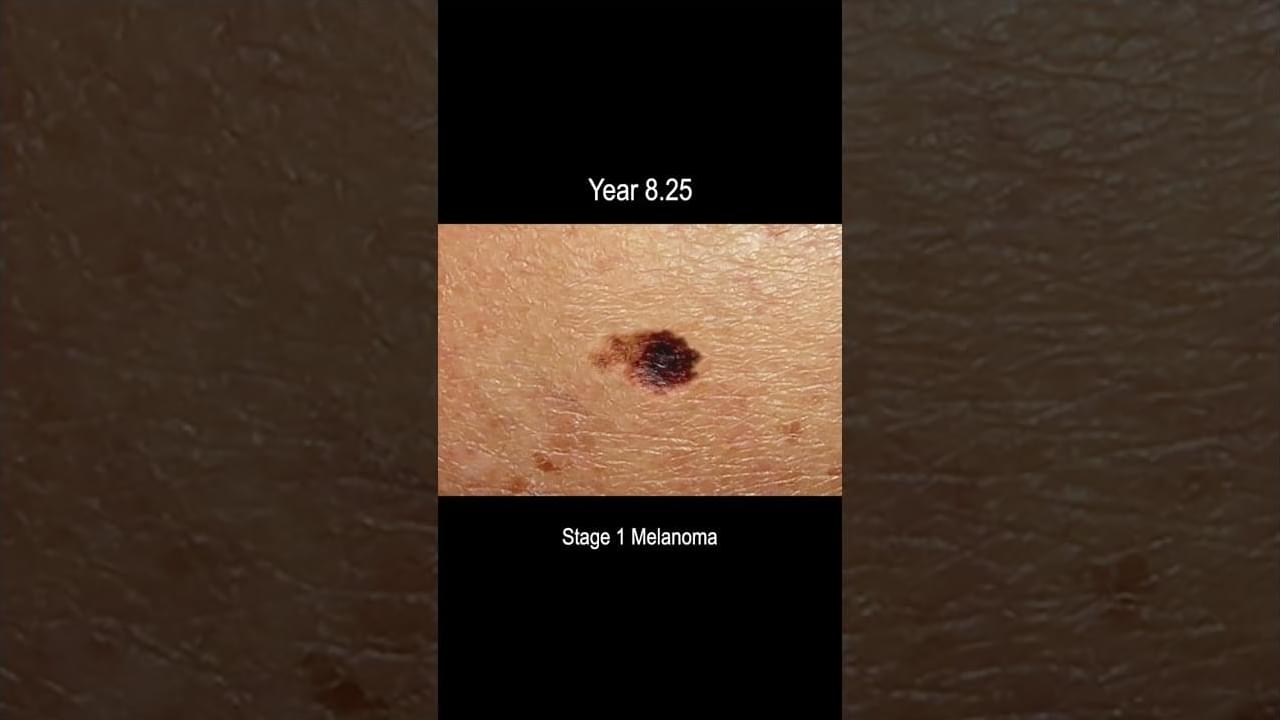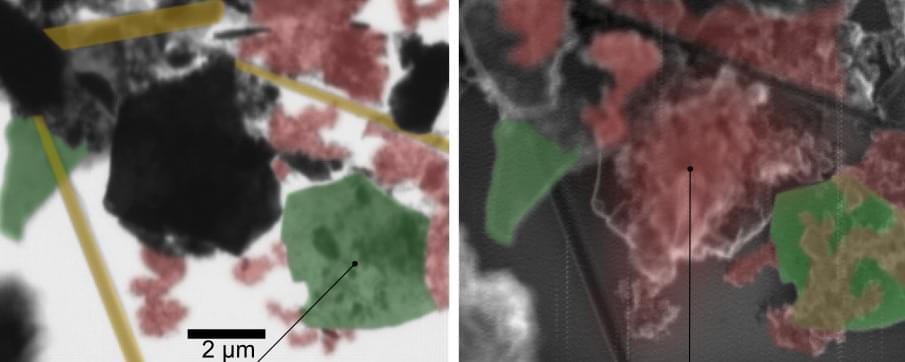Page 676
Jun 17, 2024
Building quantum computers just got easier with new technique
Posted by Shailesh Prasad in categories: computing, internet, quantum physics
Researchers have devised a new method of building quantum computers, creating and “annihilating” qubits on demand, using a femtosecond laser to dope silicon with hydrogen.
This breakthrough could pave the way for quantum computers that use programmable optical qubits or “spin-photon qubits” to connect quantum nodes across a remote network.
In turn, this creates a quantum internet that is more secure and capable of transmitting more data than current optical-fiber information technologies.
Jun 17, 2024
GM’s Wuling teases new Starlight S electric SUV to compete with BYD, Tesla
Posted by Shailesh Prasad in categories: sustainability, transportation
A new electric SUV is primed to take on BYD and Tesla in China. GM’s joint venture, SAIC-GM-Wuling, unveiled the first teaser images of its new Starlight S electric SUV Monday. Check out the first images below.
The new electric SUV is the second model under the Wuling Silver Label. SAIC-GM-Wuling is a joint venture between China’s SAIC (50.1% owner) and GM (44%), while the remaining belongs to Liuzhou, Guangxi Province, based Wuling.
Wuling launched the Starlight electric sedan at the Beijing Auto Show in April. Although a PHEV version debuted last December, starting at $12,400 (105,800 yuan), the EV version starts at $13,800 (99,800 yuan).
Jun 17, 2024
Rocket company develops massive catapult to launch satellites into space without using jet fuel: ‘10,000 times the force of Earth’s gravity’
Posted by Andrés Grases in categories: energy, health, satellites

SpinLaunch was founded in 2014, and its leadership team has since raised tens of millions of dollars in funding. The company has been working with NASA, Airbus, and Cornell University, launching some of their equipment as part of testing. The tech has so far endured 10,000 Gs, “10,000 times the force of Earth’s gravity,” all per the Space.com report.
If SpinLaunch’s concept proves reliable, it could eliminate the loads of fuel that is burned to launch spacecraft. In 2016, Business Insider noted that SpaceX’s Falcon 9 rocket used more than 900,000 pounds of propellant for each liftoff, for reference. The fuel efficiency may have improved some since then.
Jun 17, 2024
MXenes for energy storage: Chemical imaging more than just surface deep
Posted by Dan Breeden in categories: chemistry, energy, nanotechnology
A new method in spectromicroscopy significantly improves the study of chemical reactions at the nanoscale, both on surfaces and inside layered materials. Scanning X-ray microscopy (SXM) at MAXYMUS beamline of BESSY II enables the investigation of chemical species adsorbed on the top layer (surface) or intercalated within the MXene electrode (bulk) with high chemical sensitivity. The method was developed by a HZB team led by Dr. Tristan Petit. The scientists demonstrated among others first SXM on MXene flakes, a material used as electrode in lithium-ion batteries.
Since their discovery in 2011, MXenes have gathered significant scientific interest due to their versatile tunable properties and diverse applications, from energy storage to electromagnetic shielding. Researchers have been working to decipher the complex chemistry of MXenes at the nanoscale.
The team of Dr. Tristan Petit now made a significant progress in MXene characterization, as described in their recent publication (Small Methods, “Nanoscale surface and bulk electronic properties of Ti 3 C 2 Tx MXene unraveled by multimodal X-ray spectromicroscopy”). They utilized SXM to investigate the chemical bonding of Ti 3 C 2 Tx MXenes, with Tx denoting the terminations (Tx=O, OH, F, Cl), with high spatial and spectral resolution. The novelty in this work is to combine simultaneously two detection modes, transmission and electron yield, enabling different probing depths.
Jun 17, 2024
Melanoma Skin Cancer Development Time Lapse (Normal to Stage 4 Melanoma Over 10 Years)
Posted by Dan Breeden in categories: biotech/medical, robotics/AI

Using generative AI, this time lapse sequence shows how melanoma skin cancer develops over 10 years. Starting with normal skin, slow progression to stage 4 melanoma is shown.
Jun 17, 2024
Sycophancy to subterfuge: Investigating reward tampering in language models
Posted by Cecile G. Tamura in categories: cybercrime/malcode, robotics/AI
New Anthropic research: Investigating Reward Tampering.
Could AI models learn to hack their own reward system?
In a new paper, we show they can, by generalization from training in simpler settings.
Continue reading “Sycophancy to subterfuge: Investigating reward tampering in language models” »
Jun 17, 2024
China’s Moon Mission Could Reveal the Origins of Life on Earth
Posted by Dirk Schulze-Makuch in category: cosmology
China´s Moon Mission May Reveal the Origin of Life on Earth Blog posted on Big Think, direct link on searchforlifeintheuniverse.com
Jun 17, 2024
NASA Releases Video of What It’s Like to Fall Into a Black Hole
Posted by Shubham Ghosh Roy in category: cosmology

“Stellar-mass black holes, which contain up to about 30 solar masses, possess much smaller event horizons and stronger tidal forces, which can rip apart approaching objects before they get to the horizon.”
The simulated black hole is designed to imitate the supermassive one at the heart of our galaxy, which has a mass over 4.3 million times that of our Sun. That is almost unfathomably large: the distant view of it you see in the visualizer is from nearly 400 million miles away.
Continue reading “NASA Releases Video of What It’s Like to Fall Into a Black Hole” »
Jun 17, 2024
Banish breakup blues: New headset zaps brain to ease heartbreak
Posted by Shubham Ghosh Roy in category: neuroscience

New research indicates tDCS headsets may help reduce post-breakup misery and depression:
Researchers theorized that using transcranial direct current stimulation in specific brain areas might alleviate the emotional distress linked to heartache.














